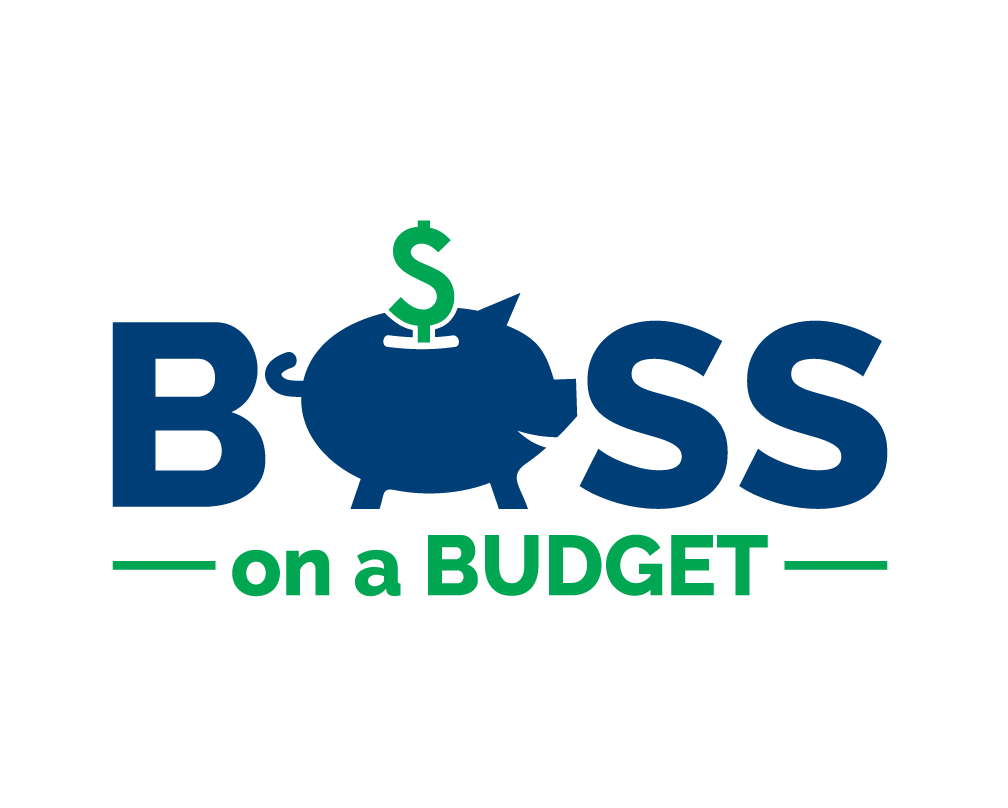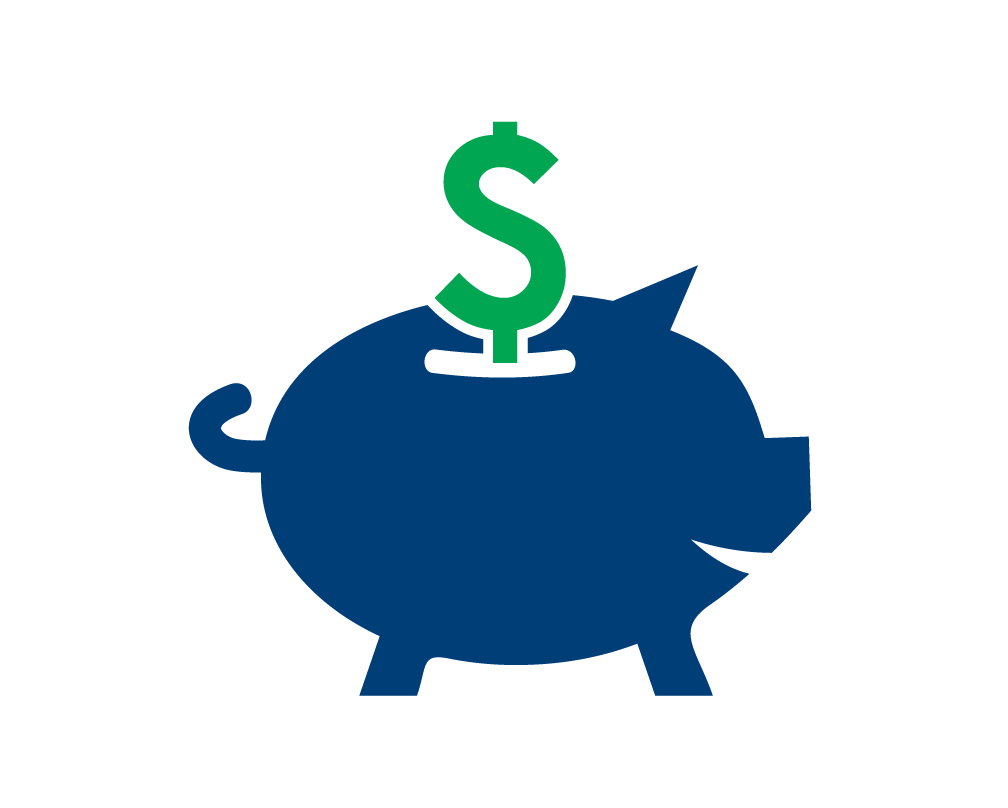How to Create a Nonprofit Website on a Budget: 5 Tips
As a leader of a small or even brand-new nonprofit, you likely have big goals for growing your organization’s online presence.
Having a well-designed website will be key to doing so, but creating one is easier said than done, especially when you’re working with a tight budget and have several other aspects of your operations to juggle.
Don’t worry, though. Creating a great-looking and inspiring website is still possible, even if you’re a tech newbie. All you need is a little guidance and a can-do attitude. We’ll help you get started by covering these 5 tips:
Identify your website goals.
Choose a cost-effective website builder.
Design your website and create content with care.
Use free and low-cost tools and resources.
Invest in professional support wisely.
A website can be a game-changing tool for marketing your mission, expanding your community, and drawing in support, so it’s worth investing the time, effort, and money you can into getting it right.
And remember, you can always enhance your website down the line when your organization and your budget grow! Let’s begin.
1. Identify your website goals.
Begin the website design process by developing a clear but flexible idea of what you want to get out of your site and which areas of your operations you want it to support. Identifying these goals will help you prioritize the functionalities and features you should build into your website from the get-go and will allow you to successfully design your content strategy.
Here are a few examples of common website goals and some potential web design moves you could make to reach them:
Raise awareness of your cause.
Build an “Our Mission” page where you share your mission and vision statements and discuss why your work matters.
Boost online donations.
Create an easy-to-use online donation page with a donation form that is quick and easy to fill out and gives people the opportunity to enroll in your recurring giving program.
Recruit more volunteers.
In addition to having a “Volunteer Opportunities” page, consider adding short written or video testimonials from current or past volunteers that will provide the social proof needed to encourage more people to sign up for your program.
Knowing your website goals and the design strategies you can use to reach those goals will also allow you to make the web design process more efficient and effective and will help you see results faster.
Additionally, consider how your new website will fit into your broader nonprofit marketing plan. According to NXUnite by Nexus Marketing, this plan is a document that outlines all of the promotional channels, strategies, and metrics you will use to spread your mission. Your website should work in tandem with the rest of your marketing efforts, whether that means your social media posting strategy or your direct mail efforts.
2. Choose a cost-effective website builder.
Next, it’s time to choose your website builder. Also known as a content management system (CMS), a website builder is a tool that allows you to create a website without needing to be fluent in code.
There are a wide variety of website builders out there to choose from, and as you consider your options, you’ll want to consider each tool’s:
Pricing: Is the platform affordable for nonprofits? Better yet, does it offer discounts for nonprofits?
User-friendliness: Does the website builder make it easy for you to design your website’s look and publish content? For instance, does it offer customizable templates or drag-and-drop functionality?
Scalability: Will the builder be able to help you grow and enhance your website as your organization and its needs grow over time?
Ability to optimize your site for mobile devices: Can the tool automatically optimize your website for mobile devices?
Search engine optimization (SEO) tools: Does the builder offer tools that help you optimize your content for keywords, create SEO-friendly URLs, and customize meta tags?
Integrations: Will your chosen builder allow you to easily integrate your site with tools like your CRM, analytics tools, or social media platforms?
With this list of must-haves in mind, begin researching your options. Cornershop Creative recommends WordPress because it offers easy-to-use customization tools, a wide range of themes, and several visual builders that make editing your site a breeze,
Plus, WordPress is a popular choice—810 million websites use it. This means there is a large community of WordPress users you can turn to when you have questions or issues with your site.
WordPress is free to use, but note that you will need to pay for web hosting and any premium themes or plugins you decide to use, though you can keep these costs to a minimum.
3. Design your website and create content with care.
With the right website building tool on your side, you’re ready to actually begin designing your website. Keep these best practices in mind as you do:
Brand the website to your organization. There’s no need to reinvent the wheel when it comes to your website’s look and feel. Work off of your existing brand to incorporate elements that will let the world know that the website belongs to your organization. These might include your logo, brand colors, typography, and visuals related to your mission.
Prioritize a great user experience (UX). There’s a lot that goes into UX, but here’s the long and short of it: Your website should load quickly and work on mobile devices. It should also have a clear navigation menu that allows users to quickly find the information or resources they need. In addition, you should offer easy-to-understand and engaging content (more on this below).
Ensure the site is accessible. Take your UX further by ensuring that the website is up to par with the website accessibility standards set forth by the Web Accessibility Initiative (WAI). This will include doing things like ensuring your site uses easy-to-read fonts and includes captioning or transcripts for multimedia elements.
Once your website is built, you can begin populating it with content. Create some core pages, like an “About Us” page where you can feature your mission statement and introduce your team, and a donation page where people can give. Also, create a blog where you can share updates about your work and educational content about your mission.
To keep things organized and efficient, try creating a content calendar. This will help you consistently share useful information with your audience and help you make sure you’re working toward reaching the goals you brainstormed earlier in the web design process.
4. Use free and low-cost tools and resources.
Now that your website is truly up and running, you’ll want to make improvements from time to time to ensure that you’re getting the most value possible out of the investment of time, money, and effort that went into creating it.
You can do this by leveraging free and low-cost tools and resources such as:
Google Analytics: Google Analytics provides insights into your website’s traffic sources and website visitor behavior. For instance, if you want to find out how many visitors land on your donation page and actually make a donation, Google Analytics can provide those insights. Then, you can use that information to improve your donation page.
Canva: Canva is a graphic design platform that allows you to create a variety of visuals, from photo collages to PDFs and beyond. It’s easy to use, and it even offers free access to its premium features for qualifying nonprofits.
Unsplash: Unsplash is a library of high-quality photos and images that are typically nicer than a standard stock photo library. You can download them for free and use them for any purpose on your website. It’s best practice to include a shout-out to the photographer or designer as a courtesy!
MailChimp: MailChimp is an email marketing platform that you may want to use in tandem with your website to share your web content with your audience through emails. You can also integrate it with your website to offer an easy-to-use email newsletter sign-up. Plus, MailChimp offers a discount for nonprofits.
These are just a few examples of many resources you can turn to to enhance your website. To make your efforts as effective and efficient as possible, focus first on any pressing functionality or engagement issues you identify. For instance, a lack of conversions on your membership sign-up page is probably a bigger issue than not having the ideal image for every blog post.
5. Invest in professional support wisely.
For some nonprofits, it may make sense to turn to the experts for help with creating a show-stopping website.
It may sound counterintuitive, but working with a nonprofit web design company can actually save your nonprofit time and money during the website design process and over the long run. Here are a few reasons why:
Nonprofit web design experts understand nonprofit’s needs and budget restraints and can work with you to ensure you’re getting the most out of your investment in their services.
These web designers are experts in what they do, meaning they understand the latest trends and technologies and can efficiently bring your vision to life so your team doesn’t have to waste its time and money on a trial-and-error DIY approach.
A website that is designed by experts is much more likely to require fewer fixes over time, meaning you’ll save money in the long run as you invest in a more high-quality product up front.
Working with a nonprofit website designer gives you the chance to establish a relationship with a web design expert you can turn to for future website needs and any other services they offer.
Of course, working with a professional web design agency won’t be an option for every nonprofit. But if you’re in a position where you can invest in some extra help, you’ll discover a wealth of benefits as you can quickly move forward with your website goals.
Creating a nonprofit website on a budget is no small feat. However, with these tips on your side, you can get a strong start and build a website that will help you spread the word about your cause, encourage support, and engage your community. You’ve got this!

